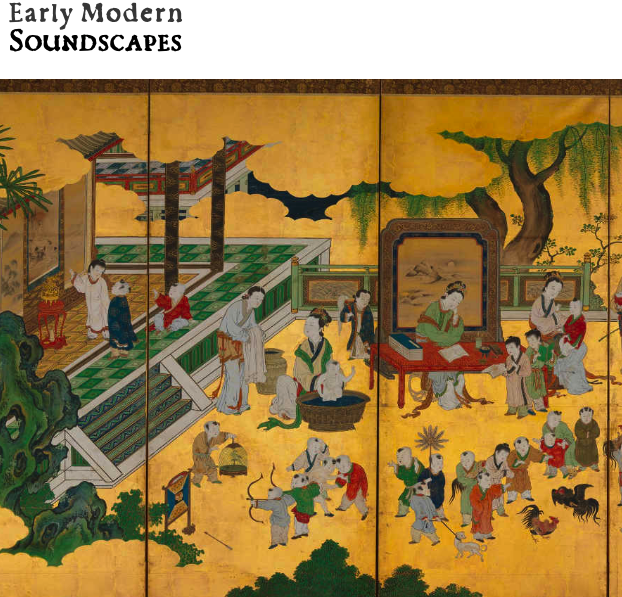
The Virtual St Paul’s Cathedral Project recreates two full days in St Paul’s Cathedral — an ordinary (or ferial) day, the Tuesday after the First Sunday in Advent in 1625 and a Festival Day, Easter Sunday in 1624. These services reflect, in the choice of music and in other ways, differences in style of performance reflecting the difference between a festival, or special occasion and an ordinary, everyday occasion.
The Virtual St Paul’s Cathedral Project contains resources for understanding worship in English cathedrals and parish churches in the early seventeenth century. Chief among them are auralized recordings of the services appointed for use every day of the year — the Divine Services of Morning Prayer (Matins) and Evening Prayer (Evensong) — as well as services appointed for a narrower range of days — (the Great Litany, appointed for Wednesdays, Fridays, and Sundays and Holy Communion, appointed for Sundays and Holy Days).



